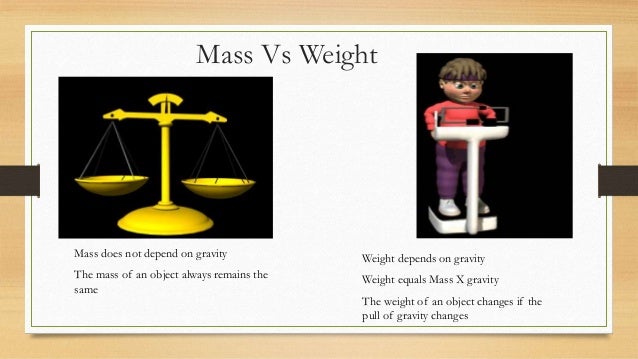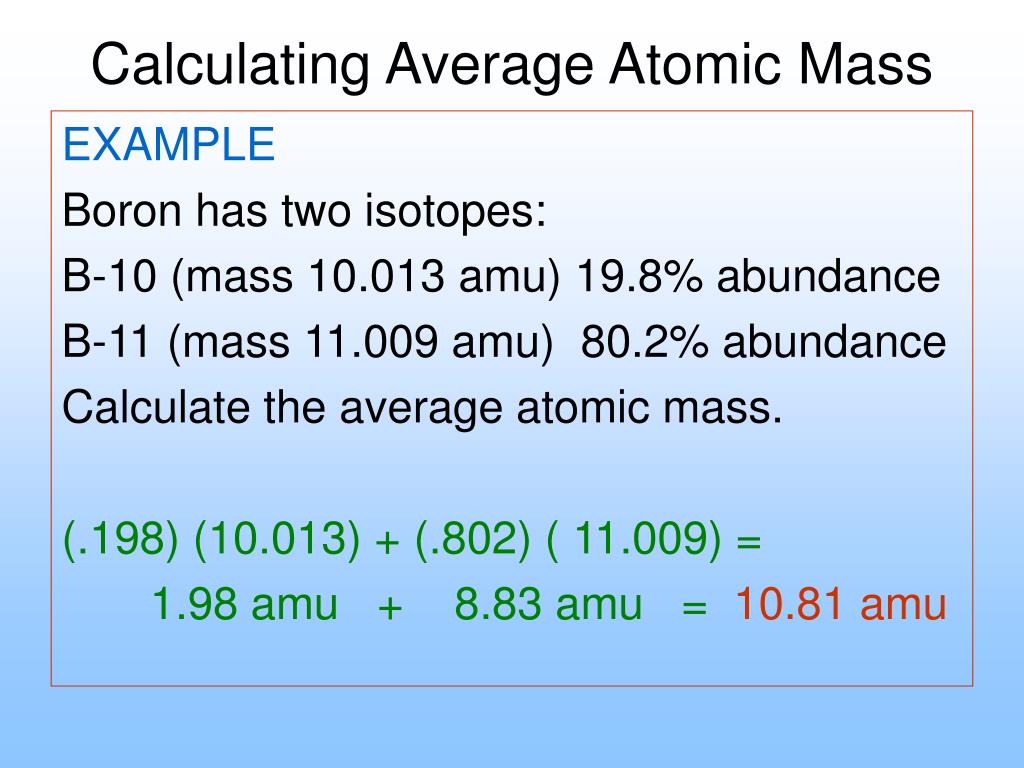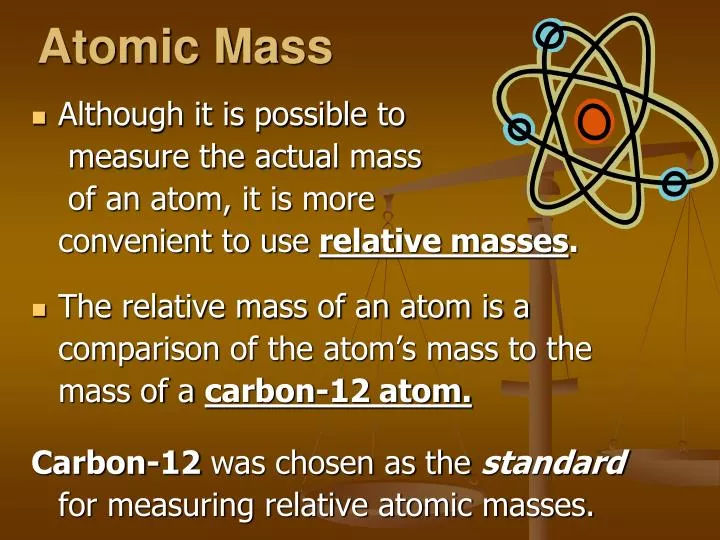Of a substance is the ratio of the mass of a sample of the substance to its volume. The SI unit for density is the kilogram per cubic meter (kg/m3). Although there are exceptions, most liquids and solids have densities that range from about 0.7 g/cm3 to 19 g/cm3 . Table \(\PageIndex\) shows the densities of some common substances. Students use the water displacement method to find the volume of different rods that all have the same mass. They calculate the density of each rod, and use the characteristic density of each material to identify all five rods.
Then students consider the relationship between the mass, size, and arrangement of atoms to explain why different rods have different densities. Students will be briefly introduced to the periodic table. Now, Karen needs to take some measurements of her ring to figure out if its density matches that of gold. First, she uses the balance to measure the mass of the ring, which is 1.35g. To do this, Karen fills a graduated cylinder with 100 milliliters of water and then drops in the ring. Karen measures the new volume of the water, 100.5 milliliters, and then subtracts 100 milliliters.
She's left with 0.5mL, which is equal to 0.5 cubic centimeters, the volume of her ring. Density is the amount of matter contained in a specific volume. You can calculate density by dividing the mass of a substance by the volume. In a mass versus volume graph, mass is on the y-axis, and volume is on the x-axis. You can use this type of graph to calculate density by determining the slope, which is the change in y divided by the change in x.
Mass versus volume graphs also can be used to help identify known substances and to compare the density of two objects based on the slope. Measuring the volume of a liquid isn't as obvious, because liquids change shape. When you measure liquids in a measuring jug, the numbers on the side are things like fluid ounces, pints, and liters . Liters are used in scientific equipment because those are standard scientific units. Volume is measured in meters cubed, and 1 meter cubed is equal to 1,000 liters. Another way you can use mass versus volume graphs is to help identify unknown substances.
He claims the ring is solid gold, but Karen is skeptical. From her physics class she knows that all elements have a characteristic density based on the size of their atoms. Using a mass versus volume graph for gold, Karen can easily find its density. Each group measured the volume of the same samples. What are some reasons that groups might have different values for density?
Students should realize that small inaccuracies in measuring volume can account for differences in density values. Another reason is that the graduated cylinder, itself, is not perfect. So there is always some uncertainty in measuring. Remind students that in the beginning of the lesson they made a prediction about the density of the small, medium, and long sample.
Tell students that like the cubes in the previous activity, they will need to know the volume and mass of each of the samples. They will also calculate the density of each sample and use this value to figure out which material each rod is made of. Density is the measurement of how much mass is compacted in a given volume, calculated by dividing mass by volume. Learn how to calculate the density of both solids and liquids through demonstration problems. You can use this graph to figure out how much mass is in any given volume of a substance. Using the x-axis, locate the volume you're wondering about, then find the y-intercept and use the y-axis to find how much mass there is in that much volume.
For example, if we had a sample of copper with a volume of six cubic centimeters, based on the mass versus volume graph, the mass would be 50 grams. Density is a measure of matter that is calculated by dividing mass by volume. Review the definition of density, explore mass vs. volume graphs, and learn more about the processes of comparing density and identifying substances. The fastest way to find the density of an object is of course to use our density calculator.
To make the calculation, you'll need to know a few other values to start with. After typing these values into the density calculator, it will give you the result in kilograms per cubic meter. Figure out the volume by either measuring the dimensions of the solid or using a measuring jug for a liquid. Convert any units as needed to get a number in meters cubed.
Figure out the volume, by either measuring the dimensions of a solid or using a measuring jug for a liquid. Because the density of water in g/cm3 is 1.0, the SG of an object is will be almost the same as its density in g/cm3. However, specific gravity is a unitless number, and is the same in the metric system or any other measurement system. It is very useful when comparing the density of two objects. Since specific gravity is unitless, it doesn't matter whether the density was measured in g/cm3 or in some other units (like lbs/ft3). Density often has units of grams per cubic centimeter (g/cm3).
Remember, grams is a mass and cubic centimeters is a volume . You calculate the volume of the solution by measuring the dimensions of the beaker and the level of the liquid and find it to be 355 ml. Since a milliliter is a cubic centimeter, you should find the mass in grams.
Identify the density of the substance being used. These values can be determined in reference materials for the substance. For example, pure water has a density of one gram per cubic centimeter at four degrees Celsius. Note that the density of a substance changes with temperature.
For this lesson you will need a set of five solid rods, each with the same mass, same diameter, but a different volume. There are several versions of these rods available from different suppliers. This activity uses the Equal Mass Kit from Flinn Scientific (Product #AP4636) but can be adapted to any set of equal mass rods. Since there are only five samples in the Equal Mass kit, you may need two kits so that each group can work with a sample. Density is the measure of a unit's mass to its volume, or essentially how compact an objects mass is.
It is expressed as the unit of mass over the unit of volume, for example lbs/cu ft. To calculate density, divide the mass, or weight, of an object by the volume. Place the graduated cylinder upright on the table and look at the level of the water. If the sample floats, use a pencil to gently push the top of the sample just under the surface of the water. Record the number of milliliters for this final water level.
The formula above makes the assumption that the resulting density value should be expressed in the same units of measure as mass and volume. It's possible to to find density of an object when the mass and volume are not in the same units of measure. Dividing the mass she measured by the volume gets her 2.7 grams per cubic centimeter, which is the density of aluminum. Looks like Karen's soon-to-be ex-boyfriend wasn't telling the truth after all.
The formula for the slope of a straight line is the change in y divided by the change in x. Since the y axis is equal to mass, and the x axis is equal to volume, slope is equal to mass divided by volume. Therefore, the slope of a mass versus volume graph is equal to density.
Note that density is also affected by pressure and temperature. In the case of solids and liquids, the change in density is typically low. However, when regarding gases, density is largely affected by temperature and pressure. An increase in pressure decreases volume, and always increases density.
Increases in temperature tend to decrease density since the volume will generally increase. There are exceptions however, such as water's density increasing between 0°C and 4°C. The equation relating density, mass and volume is straightforward and allows you to calculate the density of a material if you measure its mass and volume. The only caveat is that you have to make the measurements in the same system. Tell students that this chart is based on the periodic table of the elements but that it only includes the first 20 elements out of about 100.
A representation of an atom for each element is shown. For each element, the atomic number is above the atom and the atomic mass is below. This chart is special because it shows both the size and mass of atoms compared to other atoms. Students will be able to explain that materials have characteristic densities because of the different mass, size, and arrangement of their atoms.
Students will be able to use the volume displacement method to find the volume of an object. For example, let's find the mass of an object with a density of 4 pounds per cubic foot and a volume of 3 cubic feet. We use the mass and volume of a substance to determine its density. Thus, the units of density are defined by the base units of mass and length.
A steeper line indicates a greater slope and thus a greater density. So, whichever substance has a steeper line has a greater density. You can also use the calculations we just discussed to find the density of a substance. We'll do this in an example in the next section of the lesson.
Typical densities for gasses are on the order of thousandths of grams per cubic centimeter. Liquids often have densities of about 1.0 g/cm3, and indeed, fresh water has a density of 1.0 g/cm3. Rocks often have a density around 3 g/cm3, and metals often have densities above 6 or 7 g/cm3. If you have an object made of a known material, you can look up its density in a table. This information allows you to calculate its volume by weighing it. If you already know its volume, you can calculate its mass.
Using the density, mass, volume calculator just requires rearranging the density equation to express the parameter you want in terms of the other two. Density is the mass per unit volume of any object. It is calculated by dividing the mass of an object by its volume.
The volume of objects can be worked out by multiplying height by length by width. Have students look at the size and mass of atoms to help explain why each sample has a different density. Tell students that you want to find out how much the water level changed.
Subtract the initial water level from the final water level to find the volume of the rod. Use the dark gray plastic sample so that students can see it better. Argon crystallizes in the face-centered cubic arrangement at 40 K. Given that the atomic radius of argon is 191 pm, calculate the density of solid argon. When you're asked to calculate density, you need to use a combination of the density equation we've already introduced and an understanding of volume.
For example, you might not be given the actual volume of the material or object to put into the density equation. Instead, you may be given the measurements of the object and be expected to figure out the volume yourself. Students, and even teachers, often confuse mass and density. The words heavy and light on their own refer to mass, and not density.
A very large sponge may weigh a lot , but its density is low because it still weighs very little per unit of volume. For density, you also need to consider the size, or volume, of the object. You probably have an intuitive feeling for density in the materials you use often. For example, sponges are low in density; they have a low mass per unit volume. You are not surprised when a large sponge is easy to lift.
If you pick up an iron skillet, you expect it to be heavy. Density is a fundamental concept in the sciences; you will see it throughout your studies. It is used quite often in identifying rocks and minerals since the density of substances rarely changes significantly. For example, gold will always have a density of 19.3 g/cm3; if a mineral has a density other than that, it isn't gold. This gives sulfur more mass per volume than calcium, making it more dense.
Have students refer to the illustration of calcium and sulfur on their activity sheets. Explain that a calcium atom is both bigger and heavier than a sulfur atom. But a piece of solid sulfur is more dense than a solid piece of calcium. The density of sulfur is about 2 g/cm3 and the density of calcium is about 1.5 g/cm3.
Polyvinyl chloride is made up of carbon, hydrogen, and chlorine atoms. In the chart, chlorine has a large mass for its size. This helps make polyvinyl chloride more dense than polyethylene.





























